Home>Home Appliances>Laundry Appliances>How To Balance A Washing Machine Drum
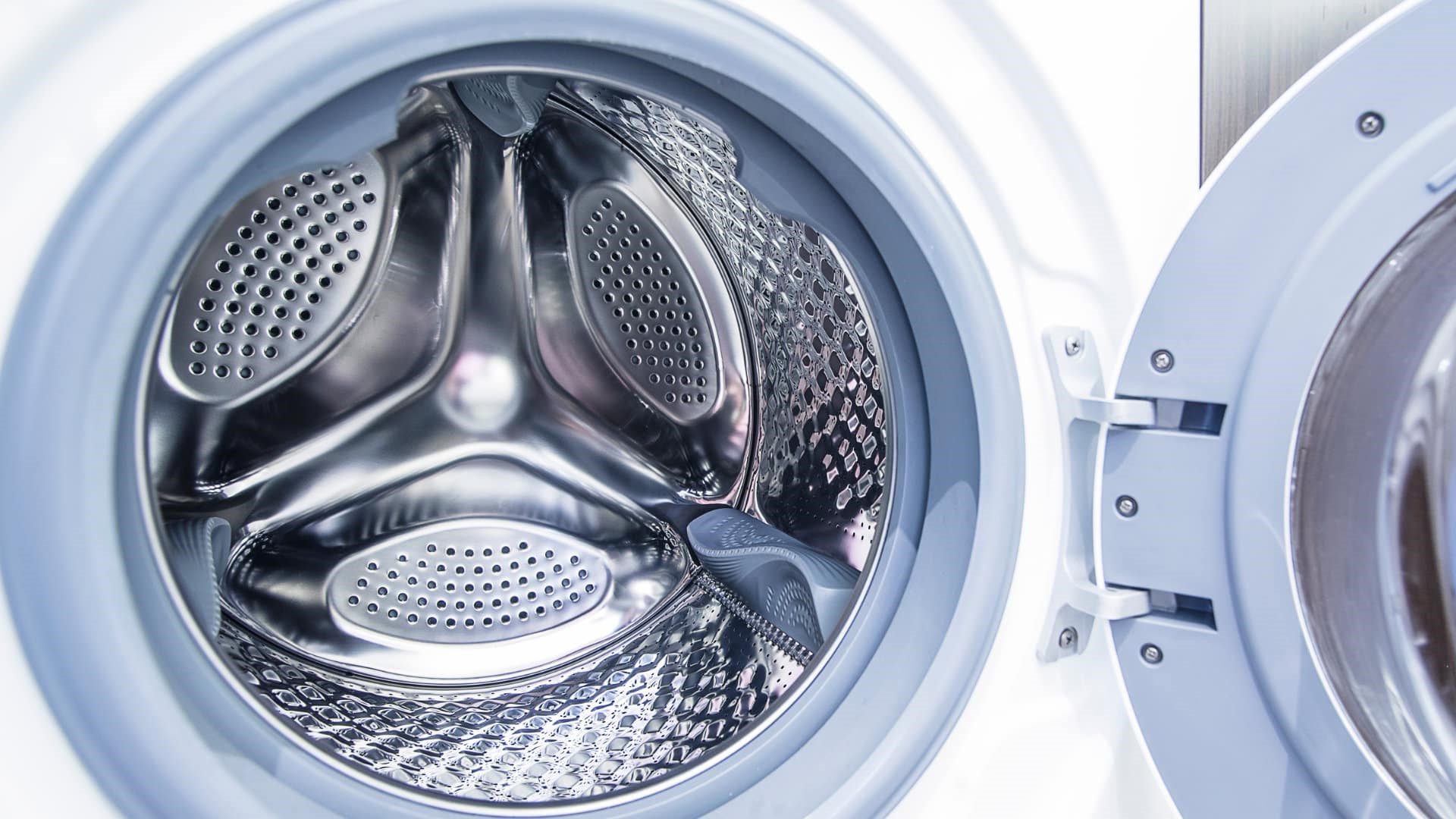

Laundry Appliances
How To Balance A Washing Machine Drum
Modified: August 27, 2024
Learn how to balance a washing machine drum for optimal performance and longevity. Get expert tips on maintaining your laundry appliances.
(Many of the links in this article redirect to a specific reviewed product. Your purchase of these products through affiliate links helps to generate commission for Storables.com, at no extra cost. Learn more)
Understanding the Washing Machine Drum
The washing machine drum is a vital component that plays a crucial role in the proper functioning of your laundry appliance. It is the part of the machine where your clothes are placed for the washing cycle. Understanding the washing machine drum involves grasping its structure and function.
The drum is typically made of durable stainless steel or porcelain-coated steel, designed to withstand the rigors of frequent use. Its cylindrical shape allows for efficient movement of the clothes during the wash and spin cycles. The perforations on the drum's surface facilitate the entry and exit of water, ensuring thorough cleaning of the laundry.
Within the drum, there is an agitator or impeller, depending on the type of washing machine. The agitator is a central post that moves back and forth, creating a motion that helps dislodge dirt and stains from the fabric. On the other hand, an impeller uses a different mechanism, relying on the drum's rotation to create a turbulent water flow for effective cleaning.
The drum is supported by a set of suspension springs and shock absorbers, which serve to dampen vibrations during operation. This is crucial for maintaining stability and preventing excessive movement that could lead to an unbalanced load.
In modern washing machines, the drum's balance is further enhanced by the incorporation of advanced sensor technology. These sensors detect any irregularities in the load distribution and make real-time adjustments to ensure a smooth and balanced operation.
Understanding the washing machine drum is essential for recognizing the signs of imbalance and taking the necessary steps to address them. By gaining insight into this fundamental component, you can effectively maintain the optimal performance of your washing machine and prolong its lifespan.
Key Takeaways:
- Keep your washing machine balanced by distributing the laundry evenly, checking for vibrations, and leveling the machine. Regular maintenance and proper load distribution can prevent drum imbalance and ensure effective cleaning.
- To balance a washing machine drum, empty the drum, level the machine, and run a test cycle. Regularly inspect and clean the drum, use high-quality detergent, and avoid overloading to maintain optimal performance.
Read more: What Is A Washer Drum
Signs of an Unbalanced Washing Machine Drum
An unbalanced washing machine drum can manifest various signs that indicate potential issues with the appliance's performance. Recognizing these signs is crucial for addressing the problem promptly and preventing further damage to the machine. Here are the key indicators of an unbalanced washing machine drum:
-
Excessive Vibrations: When the washing machine is in operation, an unbalanced drum can cause noticeable vibrations that are more pronounced than usual. These vibrations may result in the machine moving or shifting from its original position, potentially causing disruptions and noise during the laundry cycle.
-
Abnormal Noises: An unbalanced drum often leads to unusual noises during the wash or spin cycles. These noises may include loud thumping, banging, or rattling sounds, indicating that the drum is not rotating smoothly and is impacting the machine's internal components.
-
Uneven Load Distribution: After a wash cycle, inspecting the laundry load may reveal uneven distribution within the drum. Clothes may be clumped together on one side, while the opposite side remains relatively empty. This imbalance can lead to ineffective cleaning and potential damage to the fabric.
-
Incomplete Spin Cycle: An unbalanced drum can interfere with the spin cycle, resulting in clothes that are not adequately drained of water. This may lead to longer drying times and damp laundry, indicating that the machine's spinning function is compromised due to the imbalance.
-
Machine Movement: In severe cases of drum imbalance, the washing machine may exhibit physical movement during operation. This movement can be observed as the machine shifts or rocks from side to side, posing a safety risk and potentially causing damage to the surrounding area.
Recognizing these signs of an unbalanced washing machine drum is essential for taking proactive measures to address the issue. By promptly attending to these indicators, you can prevent further complications, ensure the efficient performance of your washing machine, and maintain the quality of your laundry.
Make sure the washing machine is level by adjusting the feet. Distribute the clothes evenly in the drum to prevent it from becoming unbalanced during the spin cycle.
Steps to Balance a Washing Machine Drum
Balancing a washing machine drum is a fundamental maintenance task that can significantly impact the performance and longevity of your appliance. By addressing drum imbalance, you can mitigate potential issues such as excessive vibrations, abnormal noises, and uneven load distribution. Here are the essential steps to effectively balance a washing machine drum:
-
Empty the Drum: Start by ensuring that the washing machine drum is completely empty. Remove any remaining laundry or items that may be inside the drum to prepare for the balancing process.
-
Level the Machine: Position the washing machine on a level surface to facilitate accurate adjustments. Using a spirit level, check the machine's horizontal and vertical alignment to identify any unevenness. If the machine is not level, adjust its feet or use shims to achieve stability.
-
Inspect the Suspension Springs and Shock Absorbers: Examine the suspension springs and shock absorbers to ensure they are intact and functioning correctly. Worn-out or damaged springs and absorbers can contribute to drum imbalance and should be replaced if necessary.
-
Distribute the Load Evenly: When loading the washing machine for a new cycle, distribute the laundry evenly around the drum. Avoid overloading the machine, as an excessive load can lead to imbalance and affect the washing performance.
-
Run a Test Cycle: Initiate a test wash cycle with a small load of laundry to observe the machine's operation. Pay attention to any vibrations, noises, or irregular movements during the cycle, as these may indicate persistent imbalance.
-
Adjust the Feet: If the washing machine continues to exhibit signs of imbalance during the test cycle, adjust the machine's feet to fine-tune its level. Use a wrench or pliers to raise or lower the feet as needed, ensuring that the machine rests firmly on the floor without rocking.
-
Utilize Anti-Vibration Pads: Consider installing anti-vibration pads under the washing machine to minimize excessive movement and dampen vibrations. These pads can help stabilize the machine and reduce the impact of drum imbalance on its surroundings.
-
Consult a Professional: If persistent drum imbalance issues persist despite your efforts, it may be necessary to seek assistance from a qualified appliance technician. A professional can conduct a thorough assessment of the washing machine's components and provide expert solutions to address the imbalance effectively.
By following these steps to balance a washing machine drum, you can proactively maintain the optimal performance of your appliance and ensure a smooth laundry experience. Regularly monitoring and addressing drum imbalance can contribute to the longevity of your washing machine while preserving the quality of your clothes.
Tips for Maintaining a Balanced Washing Machine Drum
Maintaining a balanced washing machine drum is essential for the efficient and reliable operation of your appliance. By implementing proactive measures and incorporating regular maintenance practices, you can prolong the lifespan of your washing machine while ensuring optimal performance. Here are valuable tips for maintaining a balanced washing machine drum:
-
Regular Inspection: Periodically inspect the suspension springs, shock absorbers, and other components that contribute to the drum's stability. Look for signs of wear, damage, or misalignment, and promptly address any issues to prevent potential imbalance.
-
Load Distribution: When loading the washing machine, ensure that the laundry is evenly distributed around the drum. Avoid overloading the machine, as an imbalanced load can strain the drum and lead to performance issues. By maintaining proper load distribution, you can minimize the risk of imbalance during the wash and spin cycles.
-
Leveling the Machine: Check the levelness of the washing machine on a consistent basis. Use a spirit level to verify that the machine is positioned on a stable and even surface. If necessary, adjust the machine's feet to maintain proper alignment, preventing unnecessary vibrations and movement during operation.
-
Cleaning and Maintenance: Keep the washing machine drum and its surrounding components clean and free from debris. Regularly remove any lint, dirt, or foreign objects that may accumulate within the drum or the machine's interior. Additionally, follow the manufacturer's guidelines for routine maintenance, such as cleaning the detergent dispenser and performing drum cleaning cycles.
-
Balancing Test Loads: Before running a full laundry cycle, conduct occasional test loads to assess the drum's balance. Observe the machine's performance during the test cycle, paying attention to vibrations, noises, and any indications of imbalance. Adjust the load or make necessary leveling modifications based on the test results.
-
Use High-Quality Detergent: Selecting a high-quality, low-sudsing detergent can contribute to the overall efficiency of the washing machine. Excessive suds from low-quality detergents can impact the balance and performance of the drum, potentially leading to issues during the wash cycle.
-
Avoid Overloading: Adhere to the recommended load capacity of your washing machine to prevent overloading. Overfilling the drum can strain the machine's components and lead to imbalance, affecting the quality of the wash and potentially causing damage over time.
-
Professional Maintenance: Consider scheduling periodic maintenance checks with a qualified appliance technician. Professional servicing can identify and address potential issues related to the washing machine drum, ensuring that it remains balanced and operates optimally.
By incorporating these tips into your washing machine maintenance routine, you can effectively maintain a balanced drum and promote the long-term functionality of your appliance. Consistent attention to drum balance and overall machine care can contribute to a seamless laundry experience while preserving the performance and durability of your washing machine.
Frequently Asked Questions about How To Balance A Washing Machine Drum
Was this page helpful?
At Storables.com, we guarantee accurate and reliable information. Our content, validated by Expert Board Contributors, is crafted following stringent Editorial Policies. We're committed to providing you with well-researched, expert-backed insights for all your informational needs.
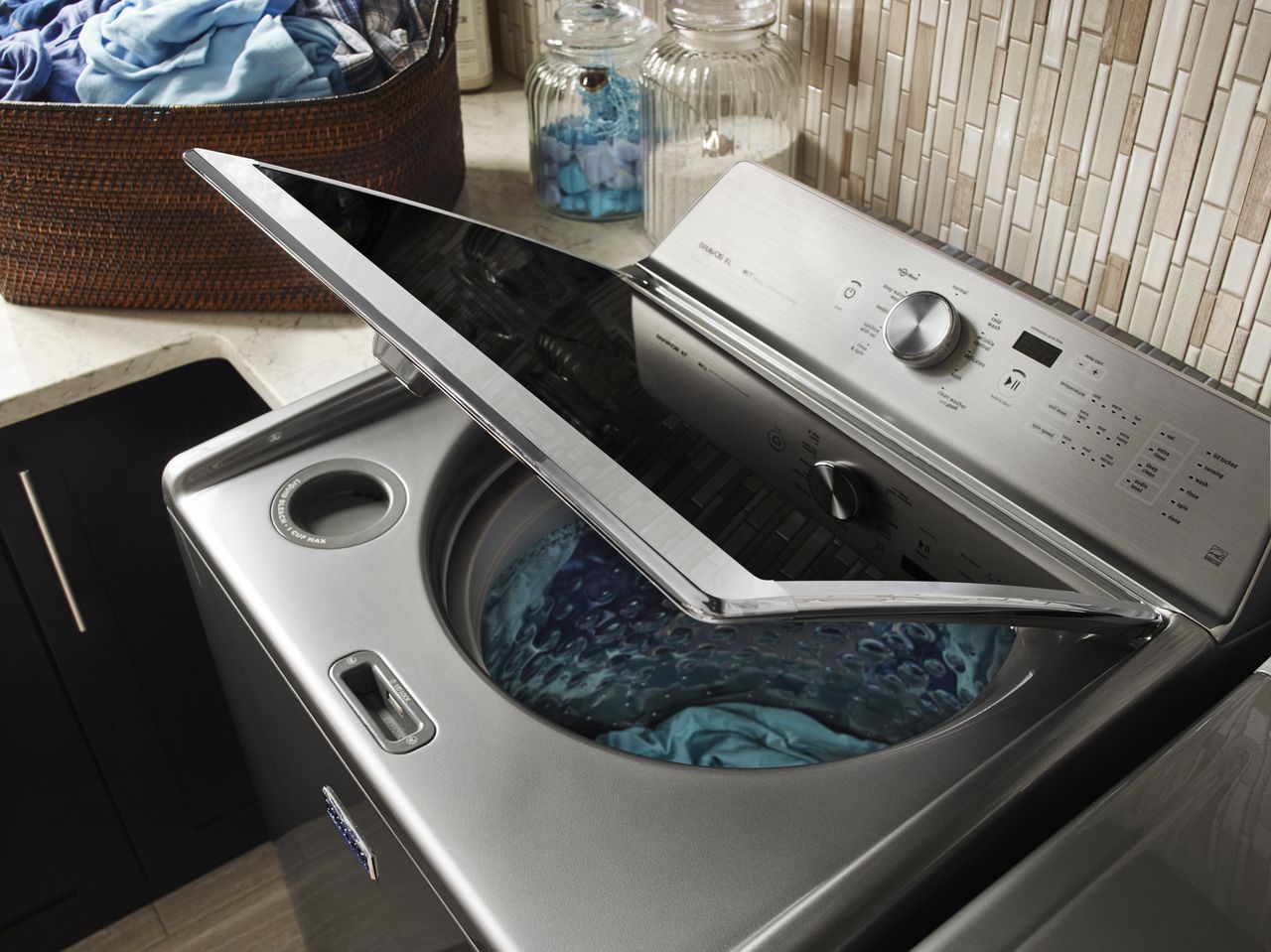
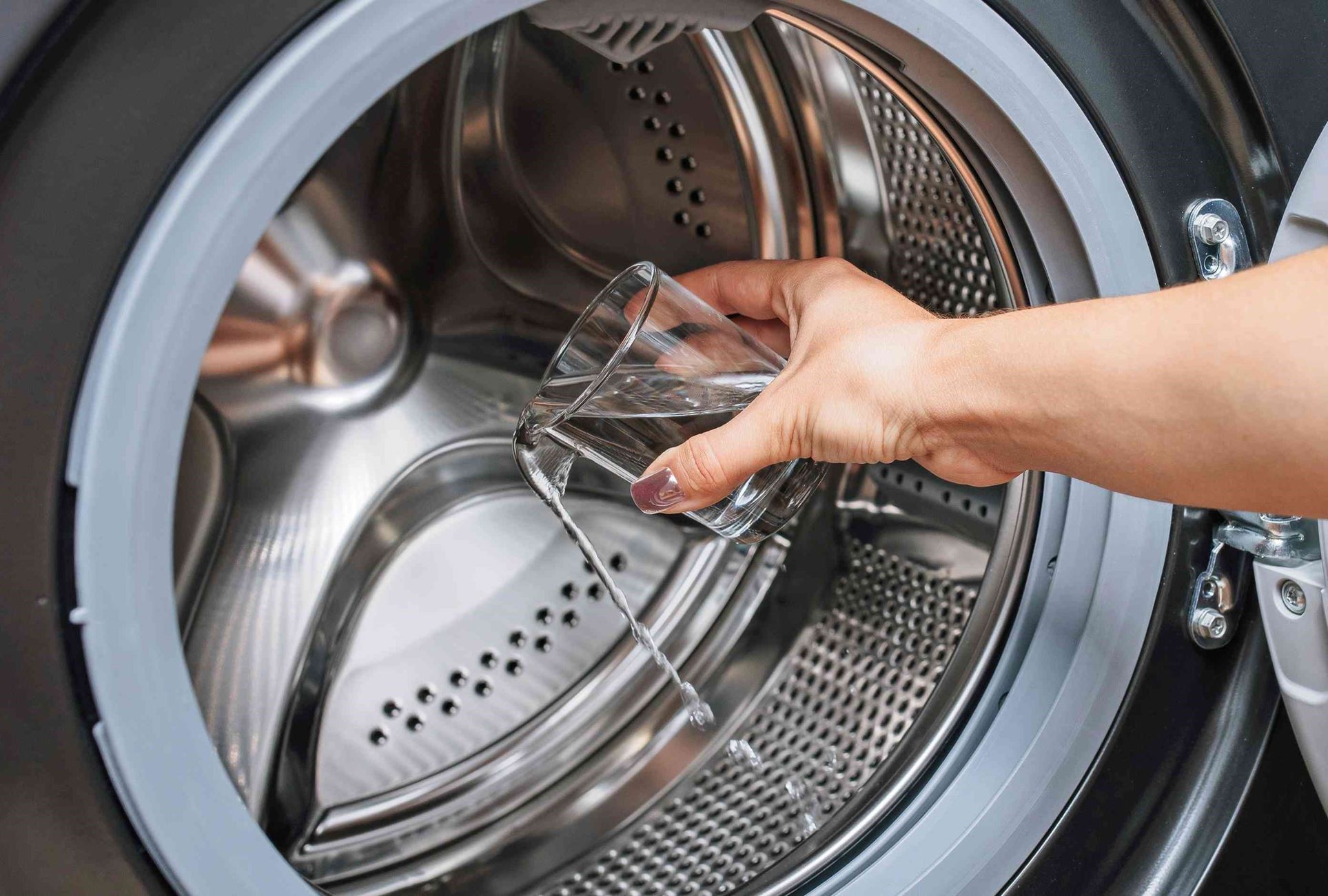
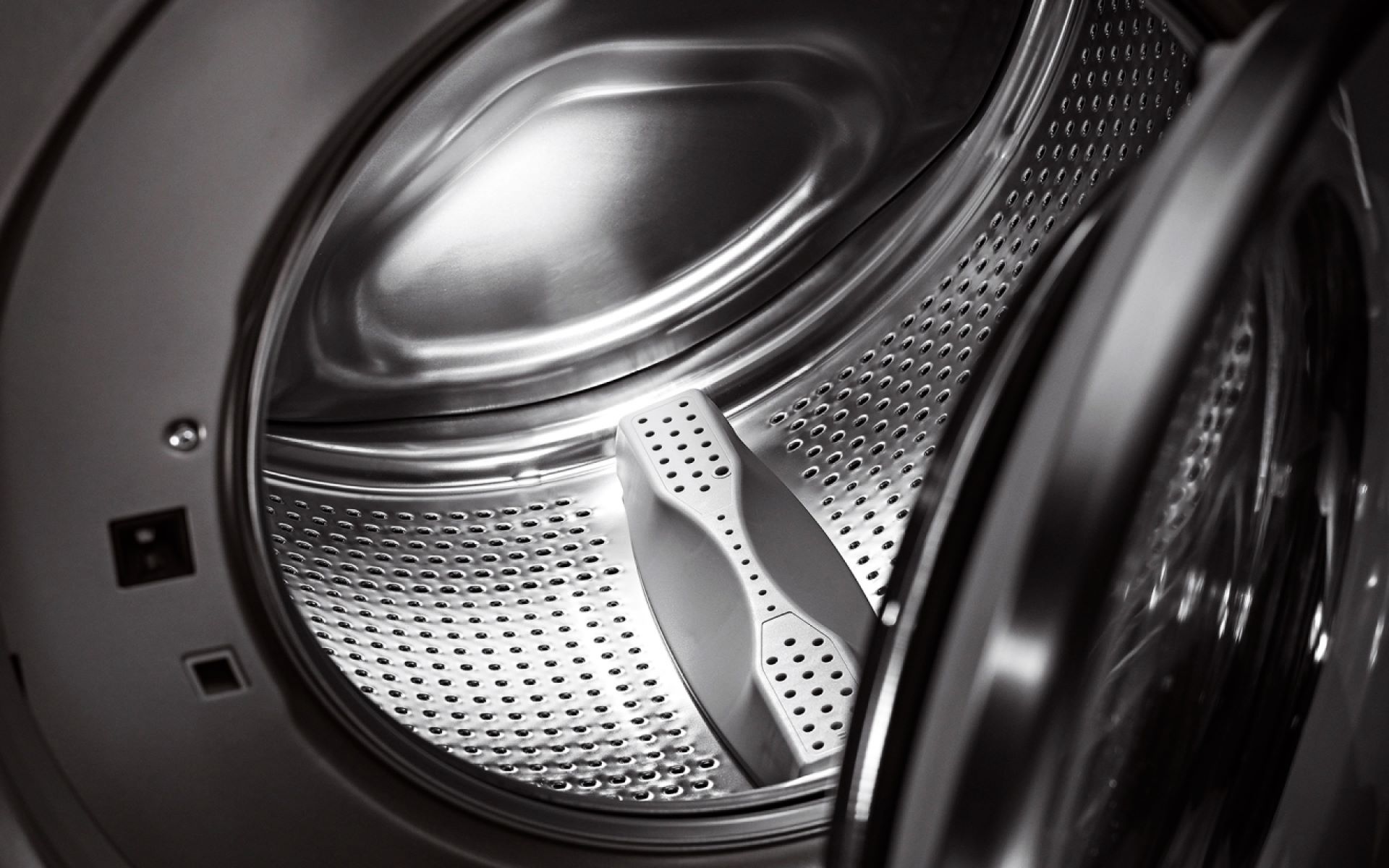
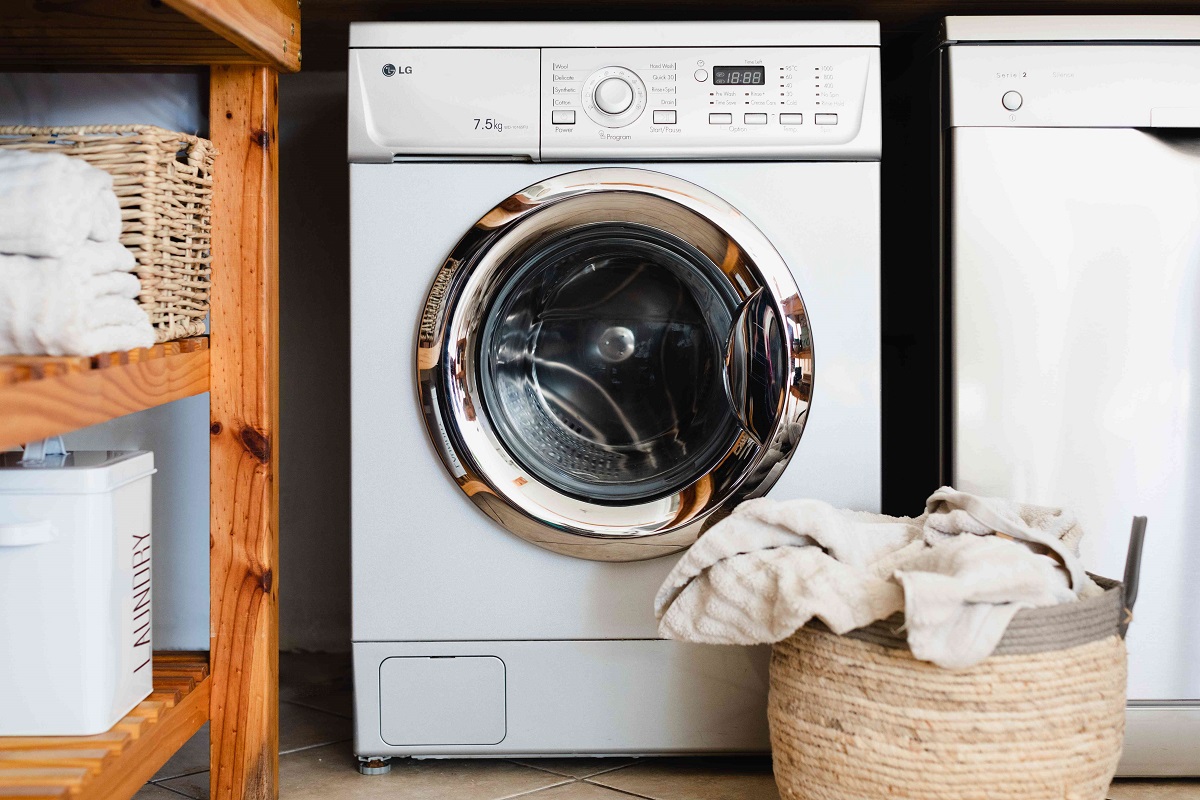
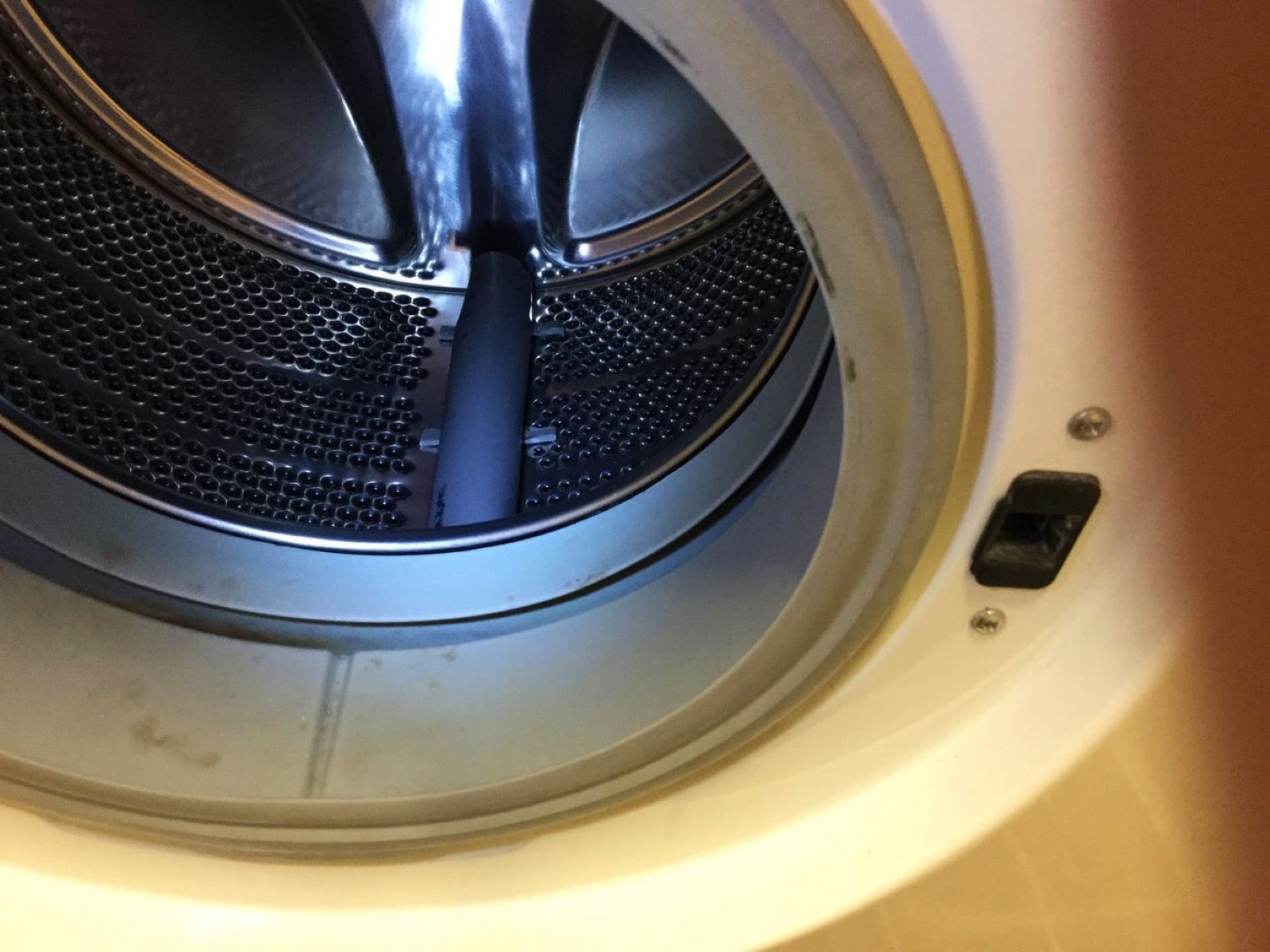
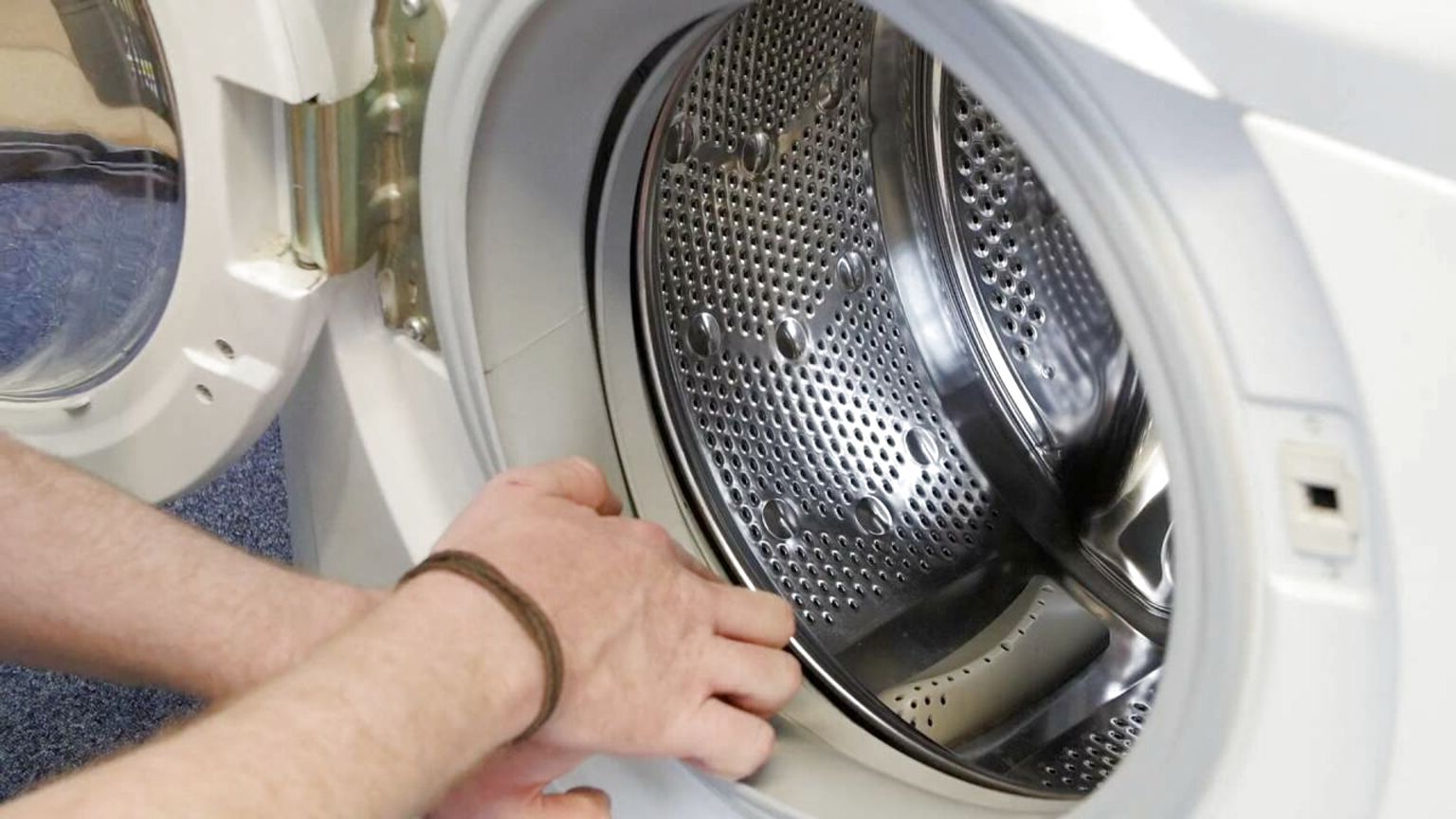



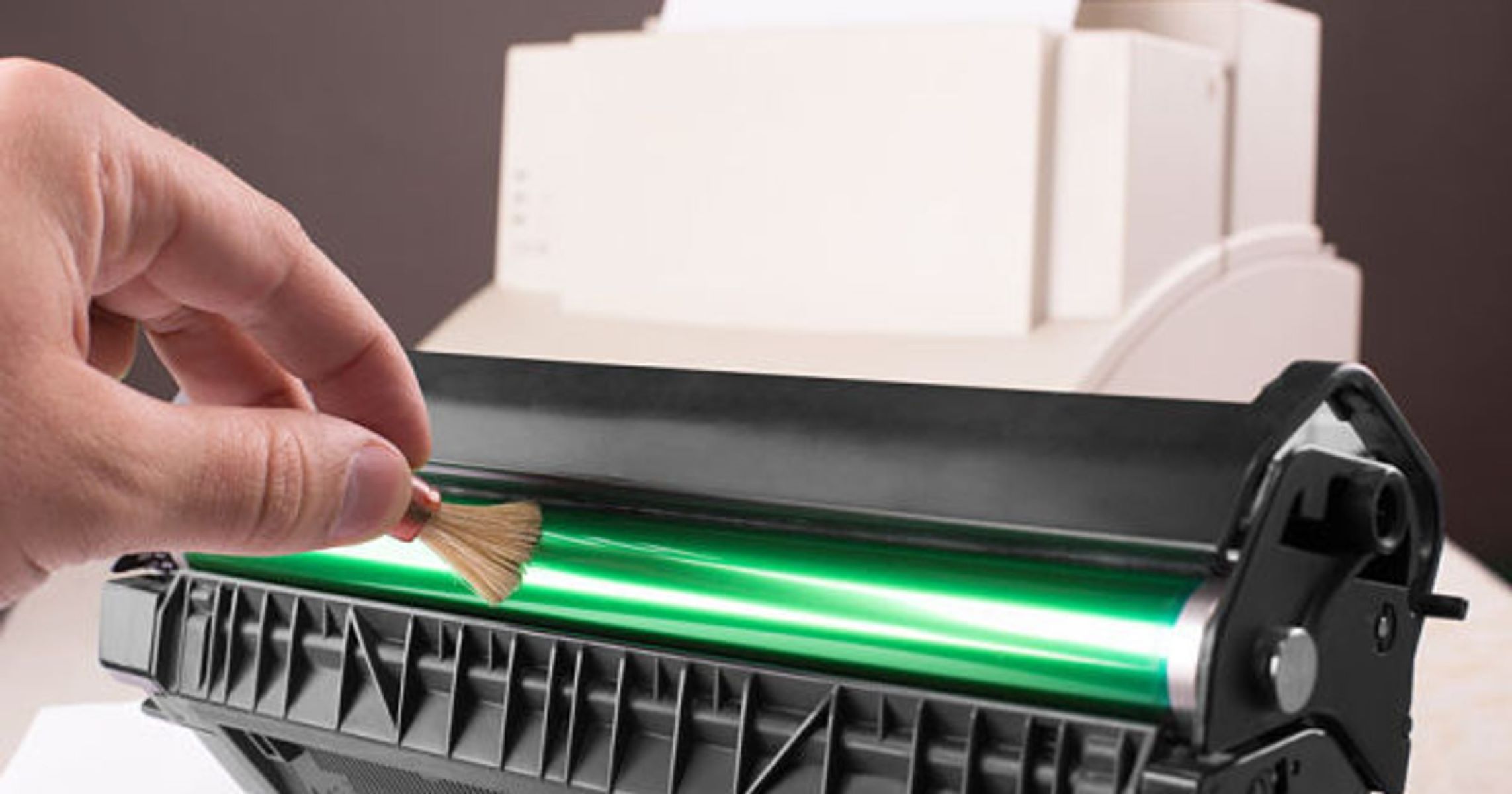
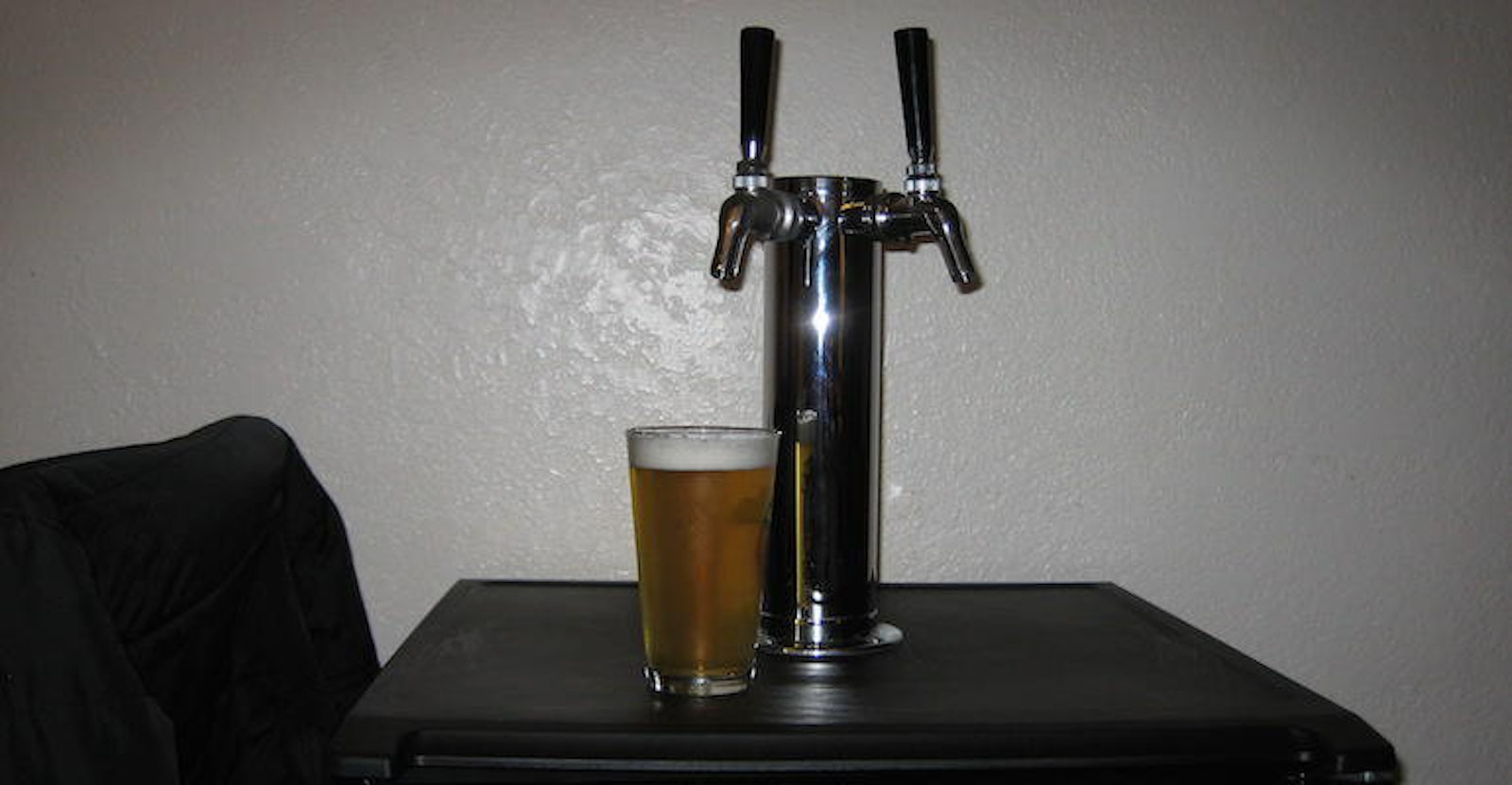
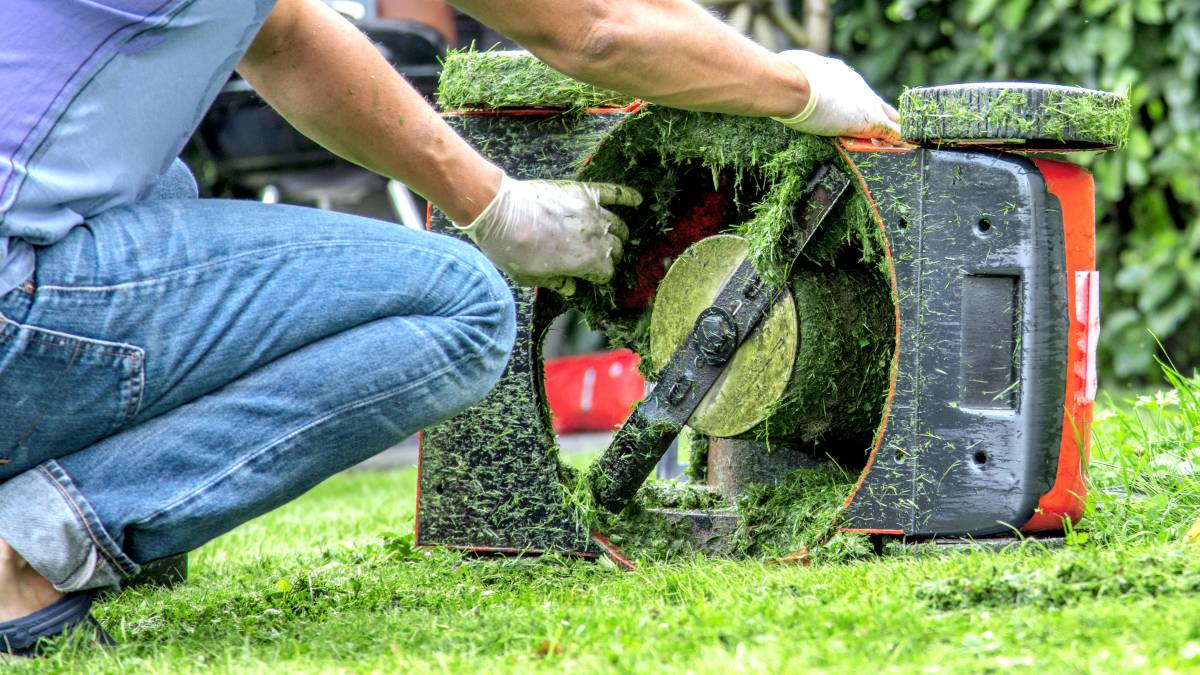
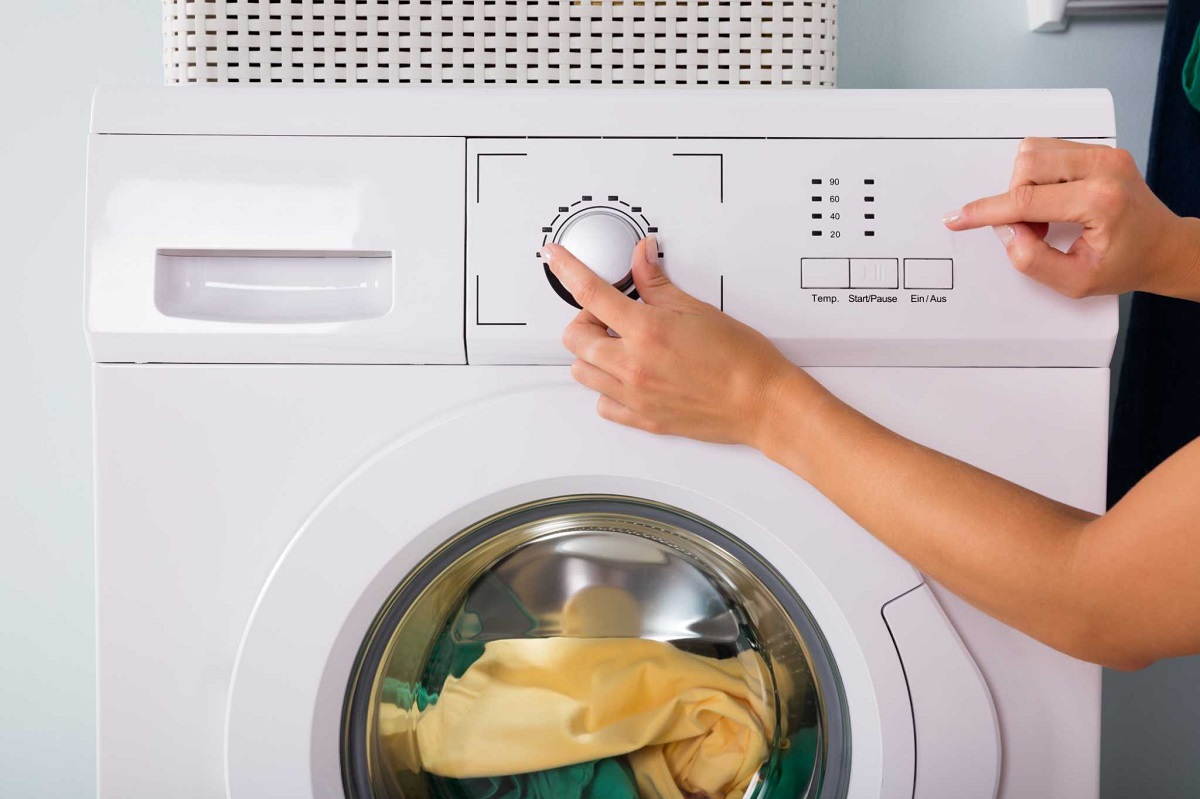
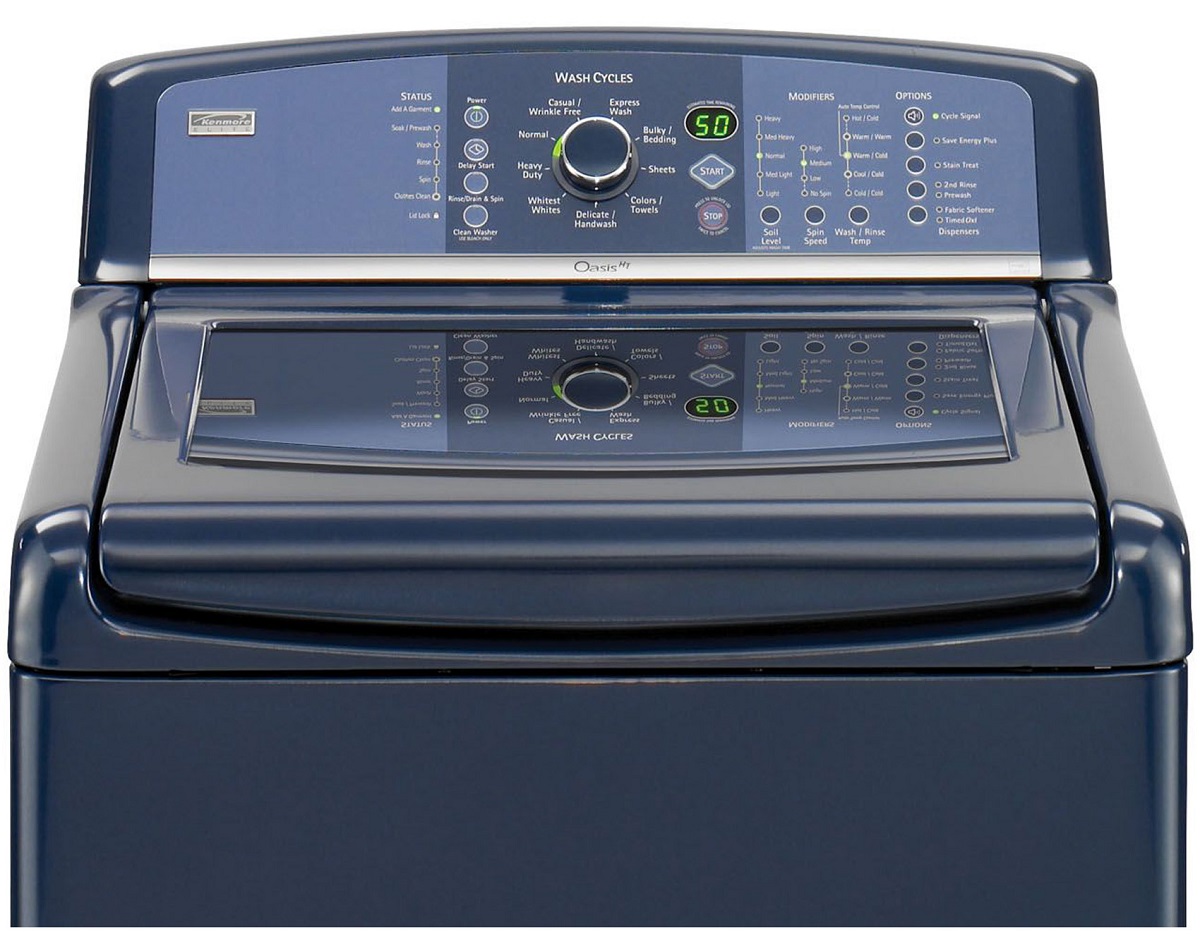
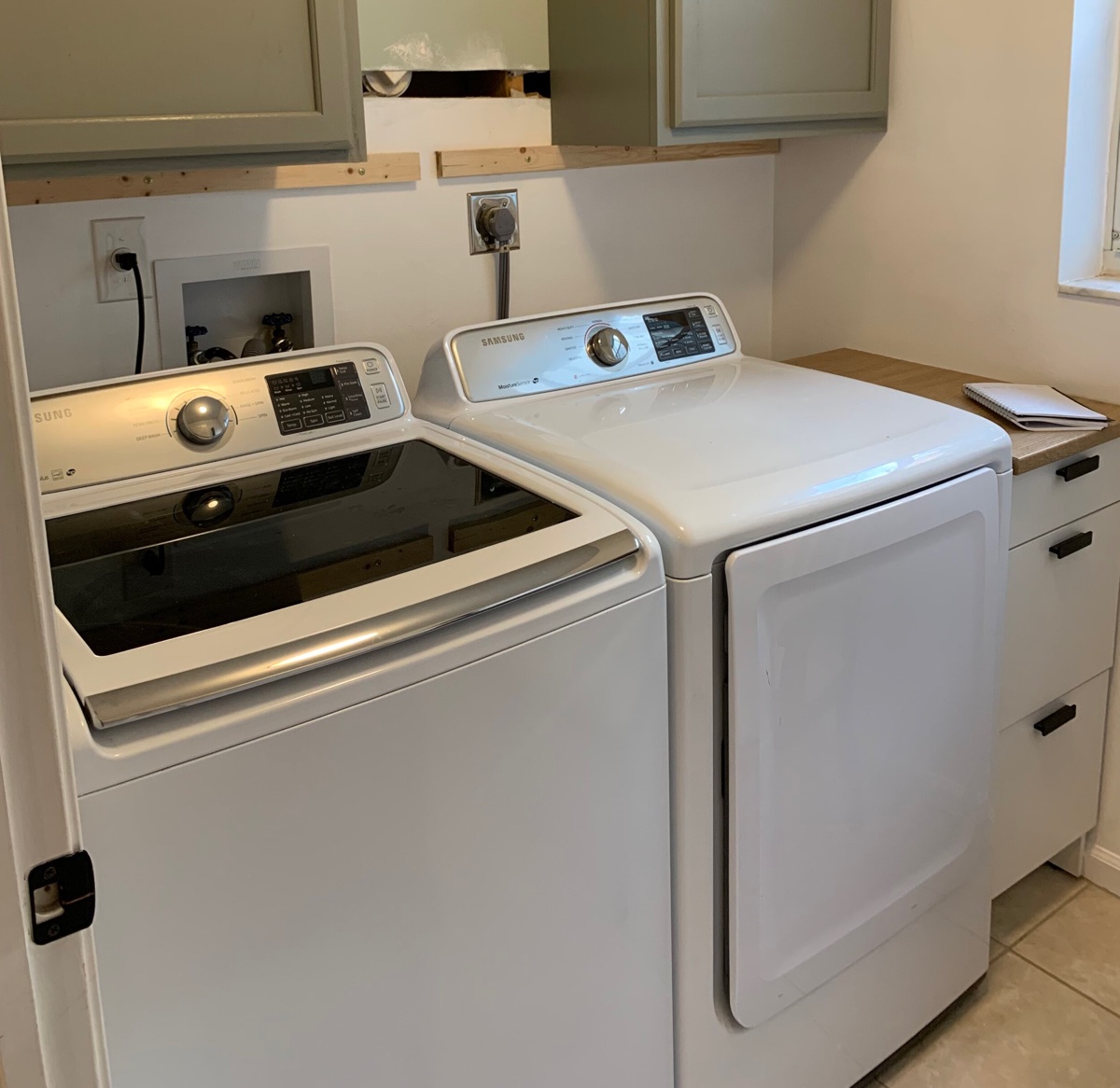

0 thoughts on “How To Balance A Washing Machine Drum”